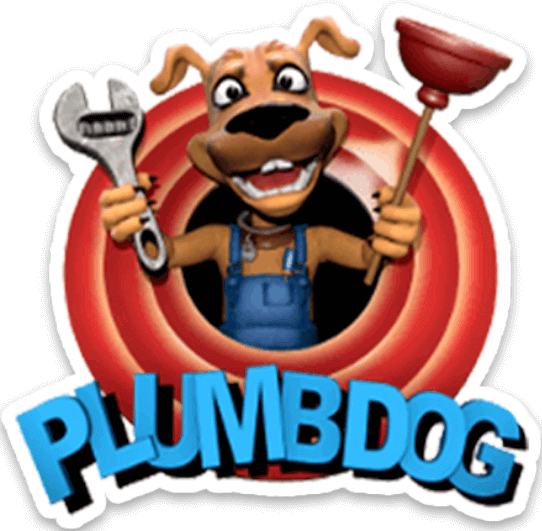- Ticking Water Meters when water isn’t in use is a good sign that you might have a water leak.
- Having a uniquely stunning property can also mean it ca be difficult to detect water leaks.
- On the property today, our skilled Perth plumber detects leaks with minimal damage to the property to keep things aesthetically stunning.
- Pipes erode over time and sometimes fixing just one broken pipe might not do the trick.
- We pride ourselves in being genuine maintenance plumbing specialists specialising in water leak detection & repairs.
- Check out more of our VLOGs & don’t forget to like and subscribe to our YouTube channel!
In today’s video, top dog Richard is on a beautifully architectured property in Victoria Park, Perth, Western Australia. The task in hand is to find and fix a potentially massive leak at the residential property. The plumbing on this property is all over the place making it a good challenge for our Plumbdog to find and fix the enormous leak.
Signs of a Water Leak
Noticing that the water meter was still ticking even when the water was not in use, the client sought professional help and gave us a whistle!
After testing the meter, Richard notes that the dial is spinning peculiarly fast, indicating a potential water loss of up to 20 liters per minute for this property.
All The Gear and Every Idea
Our vans are stocked with all the gear and Richard uses advanced water leak detection equipment to start the inspection on the property’s long driveway. After checking over a particular area to spot the leak, he can hear a significant amount of noise from below the deck. Rather than simply removing the whole deck or main parts of the deck to check for the water leak, he inspects through the small panels on the side first. This minimises any unnecessary damage to the aesthetics of the property.
Finding & Fixing the Leak
After lifting the small panel, he can spot the downstream flow of running water. After inspecting a little closely, he figures out the leak source, which is a broken fitting. Two water lines are running parallel to one another, and one of them has been broken due to a massive tree root. The tree root has broken one of the screw fittings, and the enormous pressure of water has further destroyed it by wearing it out and eroding its other parts. Seeing the extent of damage, it’s clear that the leak has been present over a substantial amount of time.
To fix this issue wholly itself, Richard will now replace the pipe’s destroyed fitting with a new one. One of the pipe fittings types that we like is auspex which he will use today. The old hepworth pipe fitting has now been replaced with the auspex to ensure that this situation does not occur again in the near future and the pipes function smoothly.
Inspection
After the repair work is completed Richard does another check of the meter reading. Unfortunately, he finds out that the meter is still ticking a little, thankfully not anywhere close to the last time. However, it indicates leak of several liters happening somewhere, which means another burst pipe somewhere else on the property. These situations call for the process to be repeated until the next problem area is identified.
In case you detect any possibility of a potential leak on your property, then do not wait for any further. Give us a whistle at the earliest to prevent damage of this magnitude, as it will not only burn a hole in your pocket but cause a lot of accidental water loss. Also don’t forget using a licensed plumber also means that they can help you with a leak loss report which is a report for the Water Corporation which confirms that the leak repair has been carried out by a licensed plumber. This allows you to send the report to the water corp to seek a deduction for lost water.




